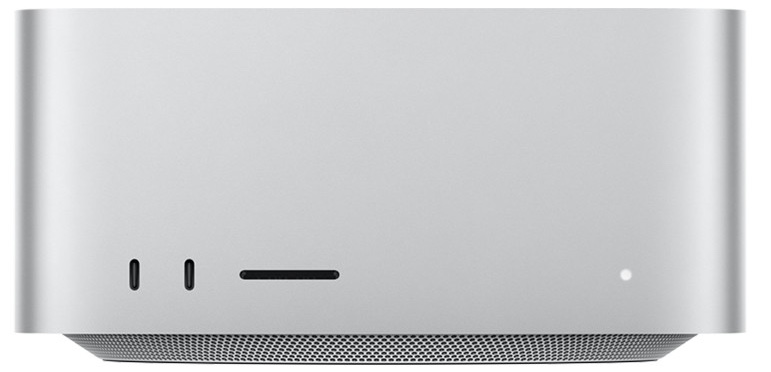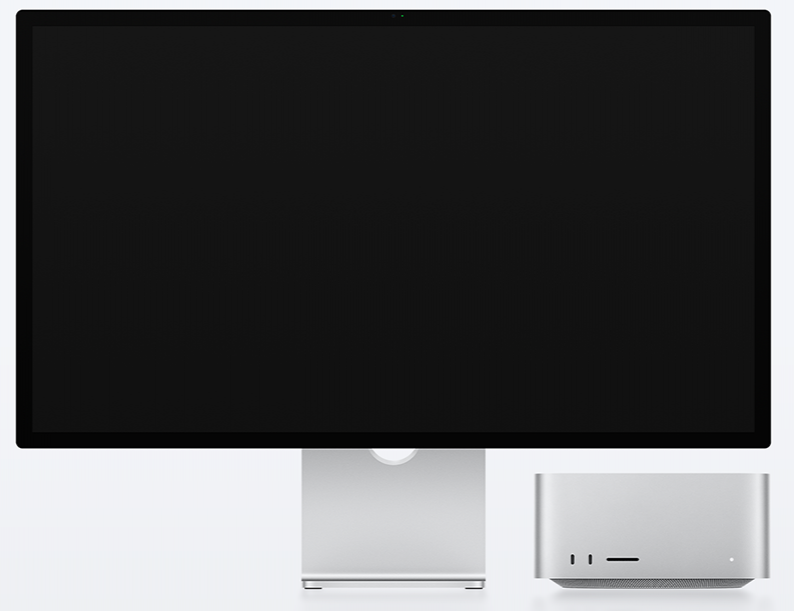Yes, I finally took the plunge and bought a new Mac! Well, not brand-new—it’s a Mac Studio M2, but it’s second-hand. The brand-new model was a bit too steep for my budget, and hey, I still need to buy a monitor… but more on that later. My trusty 27″ iMac from 2013 has been hanging in there for years, and I’ve been squeezing every last drop of life out of it. Thanks to OpenCore-Patcher, I’ve even managed to keep it running the latest macOS, Sequoia, but the writing’s on the wall. As much as I love this old workhorse, it’s time for an upgrade.

Now, what is OpenCore-Patcher, you ask? It’s the secret sauce for every Mac user out there trying to hold onto their aging machine just a little longer. OpenCore is basically a custom bootloader that allows unsupported Macs to run newer macOS versions. With a bit of fiddling and some help from the community, you can patch your system to run the latest and greatest macOS, even if Apple says it’s “too old.” My 2013 iMac shouldn’t technically be able to handle macOS Sequoia, but OpenCore-Patcher makes it possible. I’ve been able to keep up with software updates and security patches long after Apple would’ve left me in the dust.

But, there are limits to what OpenCore-Patcher can achieve. Some applications, especially the heavy-duty ones I need for my work, are starting to demand M-series processors, and there’s no patch that can add Apple Silicon to an Intel-based Mac. Take AutoCAD Fusion, for example. It’s already warning me that it’ll soon only be compatible with Apple’s Mx processors. I’ve been down this road before—apps asking for a higher version of macOS, which I could bypass with OpenCore, but now the apps are asking for hardware features my iMac just doesn’t have. If it weren’t for those professional applications, my 2013 iMac could probably keep going strong.

But let’s face it: it’s been 11 years, and even the best patch can’t work miracles forever.
So, I started the hunt for a Mac Studio M2. Not quite an impulse buy, since it took five years of saving, but still a big step. My website is non-profit, so every bit of income goes back into hosting costs, hardware upgrades, electricity—basically, keeping the lights on. After a bit of negotiating and some time to muster up the courage, I finally messaged the seller. My hands may or may not have been shaking when I typed out that I agreed to the asking price. But hey, I’d finally joined the Apple Silicon club.
The Mac Studio M2 is a beast of a machine. With Apple’s M2 chip inside, it brings a massive boost in performance, especially in graphics and AI-driven tasks, compared to my old Intel-based iMac. The M2 chip, built on the ARM architecture, offers speed, efficiency, and an incredibly low power consumption level that Intel just can’t match. It’s designed for high-performance users, with an insane number of GPU cores (24 in the M2 Max version) and support for tons of RAM. This means I can handle multiple design apps, video editing, and rendering tasks without my machine breaking a sweat. Plus, it’s compact—no more gigantic aluminum tower under the desk or a screen permanently attached to the computer.

With my shiny (secondhand) new Mac Studio M2 ready to go, I still needed to address the monitor situation. My iMac’s 27″ display has spoiled me, and I can’t go back to anything smaller. Apple doesn’t make 27″ iMacs anymore and likely won’t in the future, so the obvious choice is the Apple Studio Display. Sure, it’s pricey, but here’s my reasoning: this is a monitor that I could potentially keep through several Mac upgrades. The Studio Display is known for its impressive image quality, with a 5K resolution that’s ideal for my work, and it fits nicely into my setup. Plus, with Apple’s build quality, this monitor should last me for years.

In the back of my mind, I’ve already got my eyes on a second Studio Display, but that’s a project for future-me. My Mac Studio M2 can drive multiple monitors without breaking a sweat, and the thought of dual 27″ displays is pretty enticing. But that’s something I’ll pick up on the secondhand market later down the road, assuming I don’t drain my entire wallet right now.

For now, I’m just going to enjoy my new setup and all the power that comes with it. It’s been a journey to get here, but as I fire up my shiny Mac Studio M2 for the first time, I can’t help but feel like the wait was worth it.

